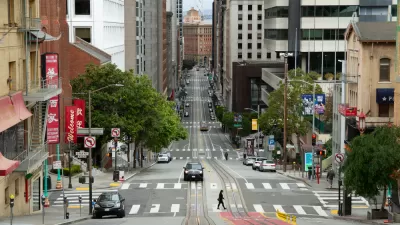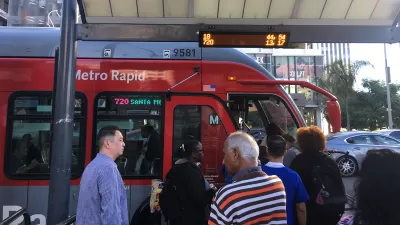It's a tale of two cities as New York starts to emerge from the pandemic.

Ginia Bellafante writes that New York City is "newly awakened to pleasure." Outsiders might be surprise to see a city full so much evidence of that pleasure—"[from] biking everywhere, to dining sheds covered in peonies, to jazz bands turning up in Prospect Park on random weekdays, to Little Island and drinking orange wine at lunch.
Unfortunately, these scenes of joyful late-stage pandemic life are "hardly a reality for most New Yorkers," according to Bellafante. "To the contrary, a recent survey of 700 workers in Astoria, Queens, conducted by the New School’s Center for New York City Affairs, found that of the third laid off during the past year, only 38 percent have returned to work."
This discussion of the post-pandemic city is place in context of the city's upcoming mayoral election. The Democratic primary, expected to determine the eventual winner of the election, is scheduled for later this month. Bellafante's verdict about the next mayor's role in the post-pandemic city: the economic recovery will have to break from the mold of previous recoveries by investing in neighborhoods defined by extreme poverty.
"No one really knows what to do with a neighborhood that cannot gentrify its way to glory," writes Bellafante to conclude the column. "Brownsville isn’t struggling with the question of whether or not to keep outdoor dining sheds. It doesn’t have any."
FULL STORY: New York City Can’t Just Gentrify Its Way Back to Normal

Maui's Vacation Rental Debate Turns Ugly
Verbal attacks, misinformation campaigns and fistfights plague a high-stakes debate to convert thousands of vacation rentals into long-term housing.

Planetizen Federal Action Tracker
A weekly monitor of how Trump’s orders and actions are impacting planners and planning in America.

San Francisco Suspends Traffic Calming Amidst Record Deaths
Citing “a challenging fiscal landscape,” the city will cease the program on the heels of 42 traffic deaths, including 24 pedestrians.

Defunct Pittsburgh Power Plant to Become Residential Tower
A decommissioned steam heat plant will be redeveloped into almost 100 affordable housing units.

Trump Prompts Restructuring of Transportation Research Board in “Unprecedented Overreach”
The TRB has eliminated more than half of its committees including those focused on climate, equity, and cities.

Amtrak Rolls Out New Orleans to Alabama “Mardi Gras” Train
The new service will operate morning and evening departures between Mobile and New Orleans.
Urban Design for Planners 1: Software Tools
This six-course series explores essential urban design concepts using open source software and equips planners with the tools they need to participate fully in the urban design process.
Planning for Universal Design
Learn the tools for implementing Universal Design in planning regulations.
Heyer Gruel & Associates PA
JM Goldson LLC
Custer County Colorado
City of Camden Redevelopment Agency
City of Astoria
Transportation Research & Education Center (TREC) at Portland State University
Jefferson Parish Government
Camden Redevelopment Agency
City of Claremont





























